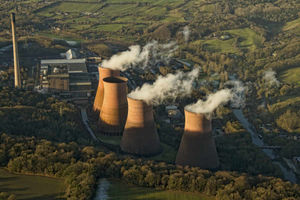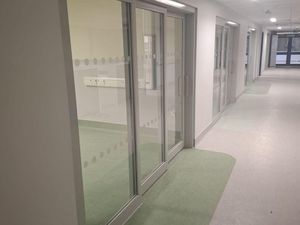Ironbridge Power Station to close next week
Ironbridge Power Station is to close next week, owners E.on revealed today.
It was confimed by E.on earlier this year that the station, built in the the 1960s, would close but the company placed a cloak of secrecy over the precise date because it said it was commercially sensitive.
Today plant manager Mike Wake said: "We have about 70 hours left to go, and by the end of the day I would anticipate that would be down to about 50."
Mr Wake said he could not divulge the exact day of closure for "commercial reasons" but when asked if shutdown was likely next week he replied: "We would anticipate something along those lines."
There are currently around 130 workers on site. Only a small team of 14 will be kept on after the shutdown to oversee a 15-month period of the decommissioning of the plant.
The closure of the power station is required by the EU's Large Combustion Plant Directive but it comes despite Britain's electricity supplies set to be at their tightest levels in a decade this winter.
Originally powered by coal, the station was converted to use biomass fuel.
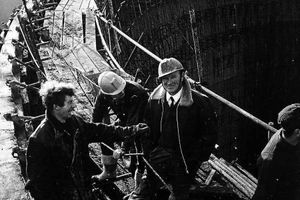
The country's ability to meet its energy needs is being affected by the move to a low carbon economy, which is seeing the closure of older power stations, such as the one at Ironbridge.
The station will end its life after passing the milestone of generating power for a total of 20,000 hours since January 1, 2008.
In October the Ironbridge Power Station (Abbey) Sports and Social Club closed for the last time.
Items from the the club went under the hammer at a special auction. Hundreds of people took the chance to bid items ranging from chairs to snooker tables.
History of Ironbridge Power Station:
The Ironbridge site was chosen by the West Midlands Joint Electricity Authority, in February 1927. The land had initially been identified by Walsall Borough as being suitable for power generation, in 1924. It said the close proximity of the River Severn and several railway lines provided excellent access to both cooling water and a source for the delivery of coal.
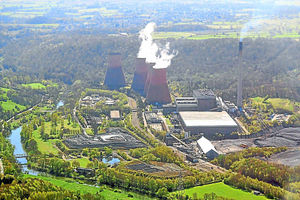
Construction of the first Ironbridge Power Station (later known as Ironbridge A Power Station) began in 1929. The station officially opened on October 13, 1932. It is often also referred to as Buildwas Power Station.
As a result of the increasing demand for electricity after World War II, the Central Electricity Generating Board decided that a new, larger, 1000MW power station called Ironbridge B, should be built alongside the A Station.
Construction on Ironbridge B began in 1963, but due to construction delays, industrial action and improvements that had been pioneered during the construction of similar stations , it didn't begin feeding power into the National Grid until June 1969. Full capacity was not reached until February 1970.
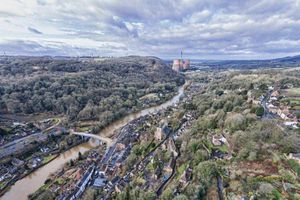
The A station was partially closed on October 27, 1980, with the decommissioning of 100 MW of the station's generating capacity. The remainder of the A station's capacity ceased generating electricity in 1981 and significant portions of the station were demolished in 1983 prior to being granted listed building status.
In 2012 the station was modified to allow one generating unit to run on biomass, or wooden pellets.
In February 2014 a fire damaged a generator in Ironbridge B, and in May E.ON announced that the unit would not be repaired.
The power station's famous cooling towers were constructed using concrete with an added red pigment to blend with the colour of the local soil. The station's single 205m high chimney is the fifth tallest chimney in the UK and the tallest structure in Shropshire, being taller than Blackpool Tower and London's BT Tower.
